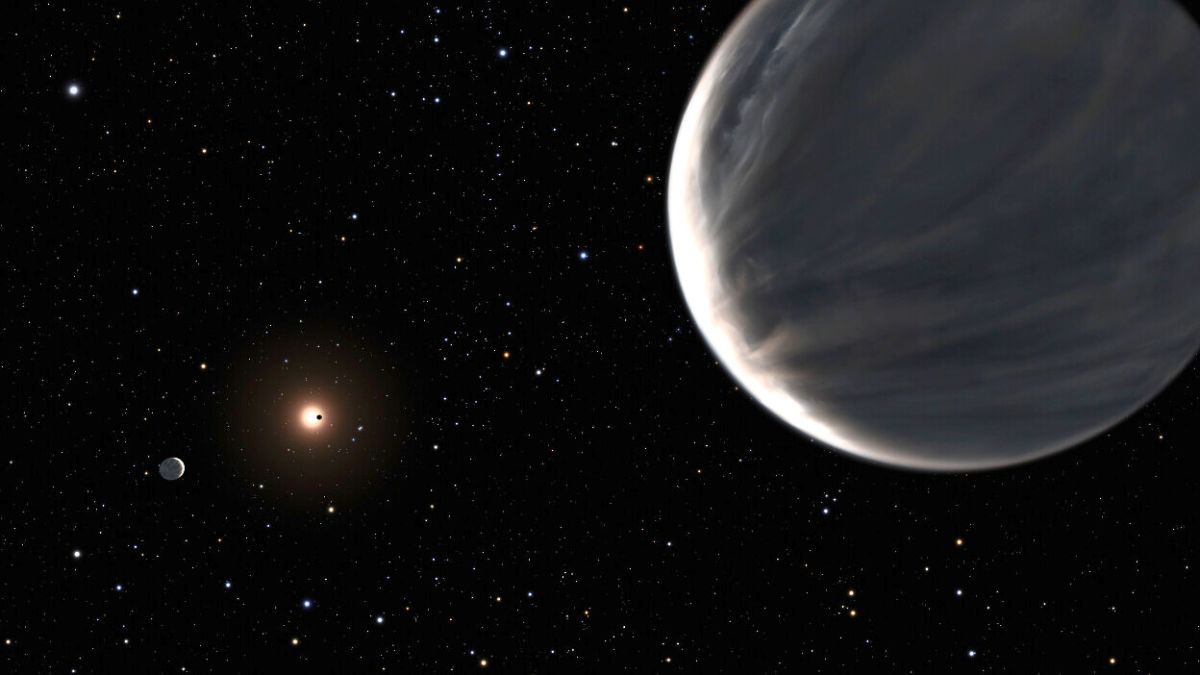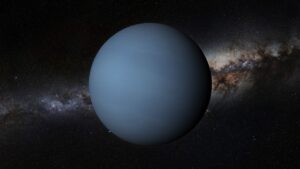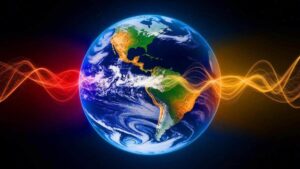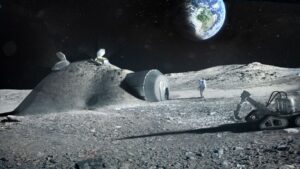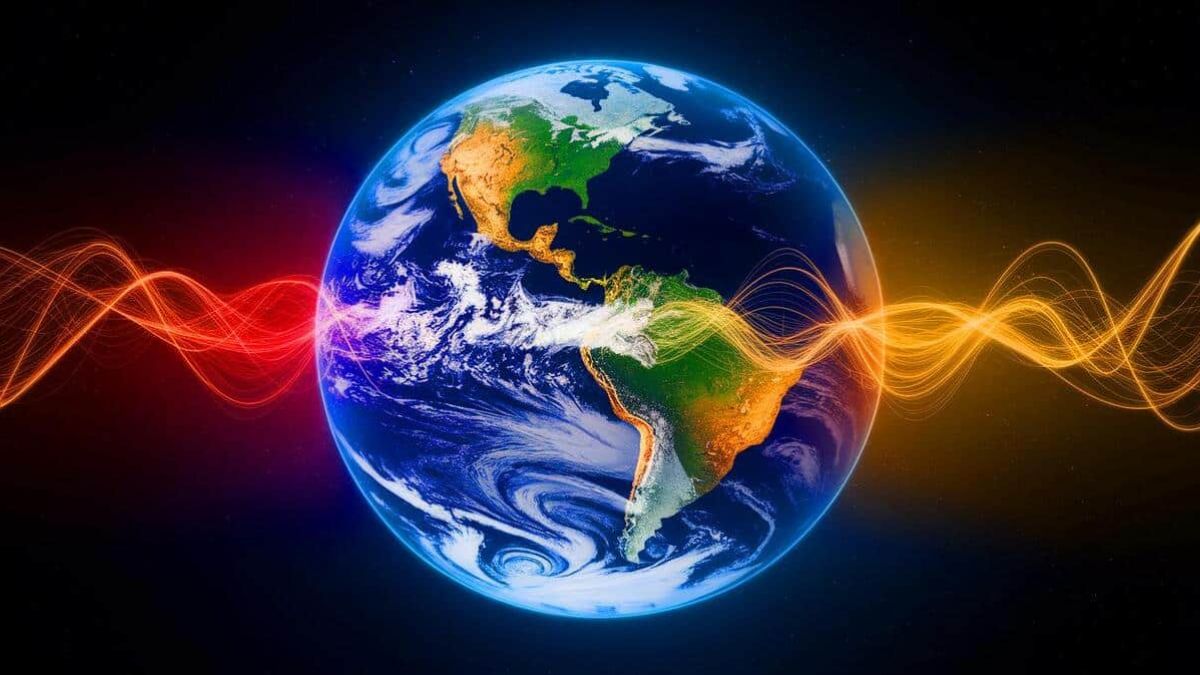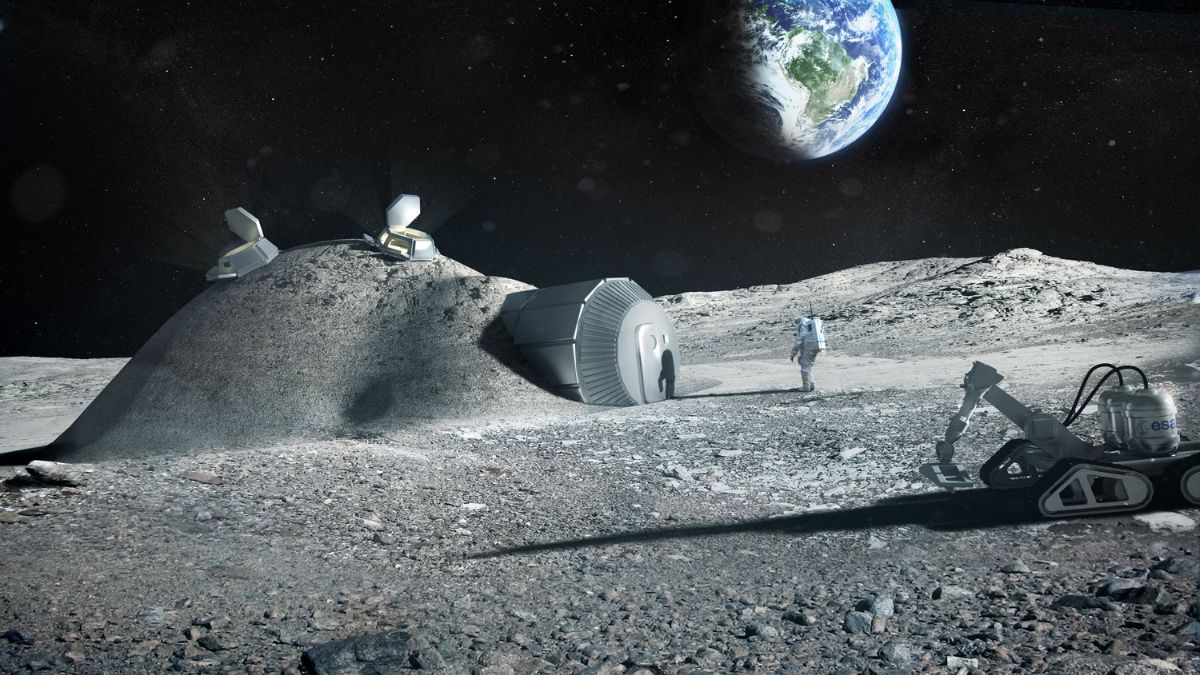For as long as we’ve looked up at the night sky and asked the big questions, one has haunted scientists more than most: Is Earth the only world with water? For decades, the answer seemed just out of reach. Telescopes like Hubble and Spitzer gave us stunning images of distant planets, but detecting water—real, tangible H₂O—was like trying to spot a raindrop in a thunderstorm… from across the galaxy.
Now, that’s changed. A breakthrough discovery using data from two major NASA missions has revealed a new type of planet—one unlike anything in our solar system. Say hello to the water worlds.
Super Earths
Astronomers have long known about super-Earths—planets larger than Earth, but smaller than gas giants like Neptune. These were usually assumed to be rocky and dry, just with more mass. But as science often does, it decided to flip the script.
Researchers turned their attention to a planetary system 218 light-years away in the constellation Lyra. It’s called the Kepler-138 system, and it held a surprise.
Two planets, Kepler-138c and Kepler-138d, didn’t match the usual mold. They were about three times the volume of Earth, but only twice as massive. That math doesn’t add up for a rocky world. These planets had too much volume and too little density—so what were they made of?
Twins
That’s when it clicked. These weren’t just oversized rocks in space. They were cosmic twins—similar in size and mass, but composed mostly of something lighter than rock and heavier than gas. The only thing that fits that profile? Water.
Here’s what scientists think is going on:
| Planet | Volume | Mass | Likely Composition |
|---|---|---|---|
| Kepler-138c | ~3x Earth | ~2x Earth | Thick water layers and vapor |
| Kepler-138d | ~3x Earth | ~2x Earth | Possibly water-rich, under high pressure |
These planets might have:
- Vapor-rich atmospheres, due to temperatures above the boiling point.
- Liquid water layers under intense pressure.
- Supercritical water zones—a weird hybrid state between liquid and gas that only forms in extreme conditions.
Here’s the catch: neither of these planets is located in the “habitable zone”, the region where temperatures could allow liquid water to exist on a rocky surface. But their existence challenges the very definition of what a habitable world could be.
Clues
And then things got even more interesting. While reviewing Hubble and Spitzer data from 2014 to 2016, scientists spotted evidence of a fourth planet: Kepler-138e. This one does lie in the habitable zone, meaning it could potentially host life—if it has the right conditions.
But there’s a problem: it doesn’t transit the star from our point of view. That means we can’t measure its diameter directly, so we can’t tell if it’s rocky, gaseous, or possibly another ocean-covered world.
Still, this sneak peek into the Kepler-138 system opens a massive door. These planets show us that water-rich worlds may be far more common than we ever imagined.
Implications
This changes more than just how we view distant planets. It changes the way we define life’s potential. Until now, our search focused mostly on planets like Earth. But Kepler-138c and 138d tell us we should be looking beyond Earth-like.
They prove that liquid water can exist outside the habitable zone, trapped under thick layers of gas or held in high-pressure conditions. That means habitable environments might exist in unexpected places.
And with more sensitive instruments on the way, like the James Webb Space Telescope and the Rubin Observatory, we’re getting closer to finding not just water—but maybe even life.
FAQs
What are water worlds?
Planets covered in water, possibly in vapor or liquid form.
Where are Kepler-138c and d?
They’re 218 light-years away in the Lyra constellation.
Are these planets habitable?
Not traditionally, but they may have liquid water under pressure.
What is Kepler-138e?
A planet in the habitable zone, likely another water world.
Why is this discovery important?
It expands our understanding of where water—and life—can exist.

